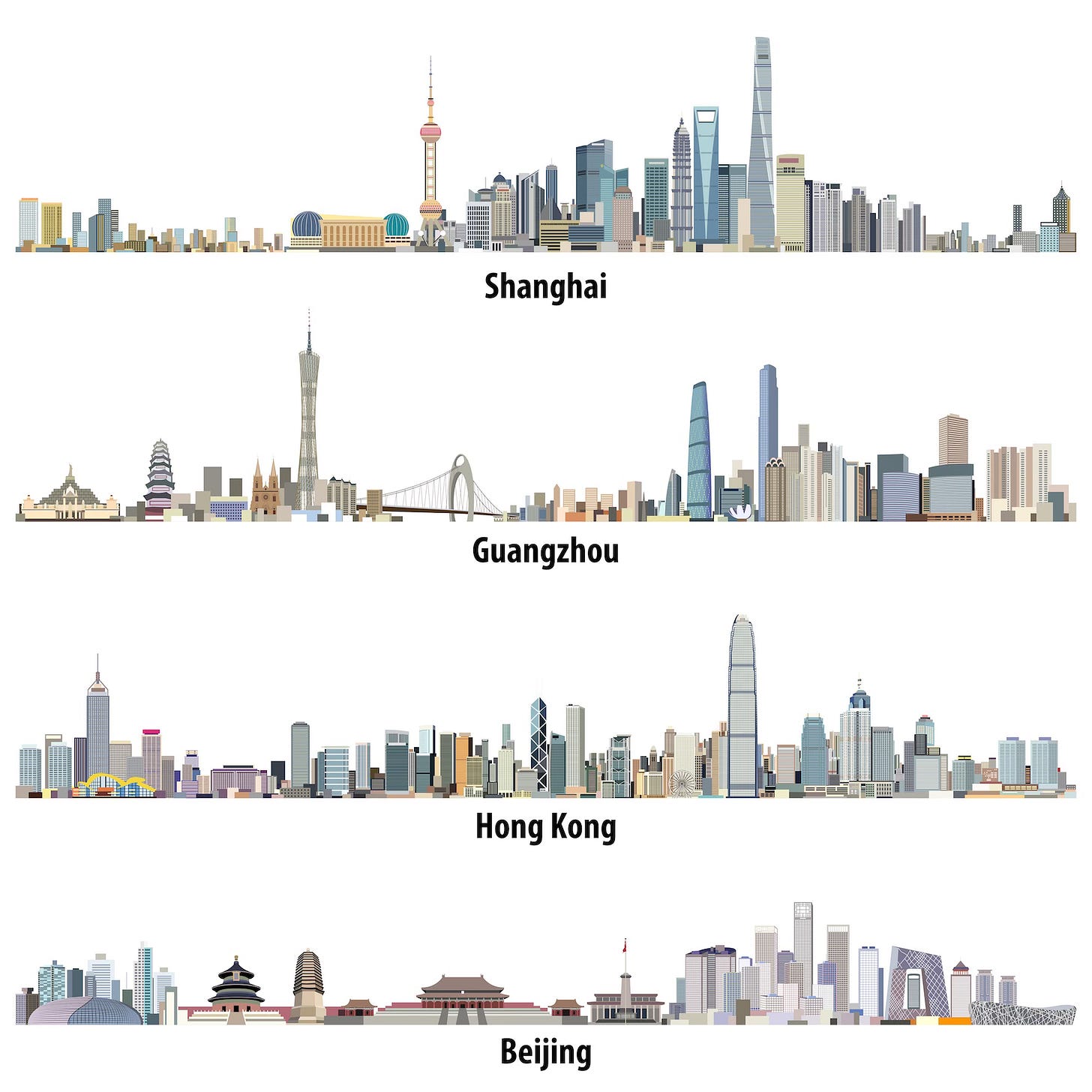A friend once told me something she grew up hearing in Japan: you might be reborn as another kind of creature, but you would never be reborn as another gender. Species could shift. Gender would not. I remember the jolt it gave me. The teaching made the hierarchy explicit. Crossing the boundary between species was imagined. Crossing the boundary between male and female was not.
We were talking about reincarnation only because another friend, Chinese, had just joked that she was an Egyptian prince in a past life. None of us unpacked the gender claim further. I have wondered since then what my Japanese friend thinks now, given how much more public our conversations are about sex, gender, and the many ways biology and lived experience refuse to sit neatly in boxes. The science alone urges humility. There are medically recognized differences of sex development, such as androgen insensitivity syndrome, where people with XY chromosomes develop along a female pathway because their cells do not respond to androgens (MedlinePlus+2MedlinePlus+2). Biologists have argued for years that the old picture of two exhaustive, tidy categories does not capture the complexity of human sex development across chromosomal, hormonal, and anatomical levels (Nature+2Nature+2). Whatever one’s politics, the reality is more intricate than slogans allow.
Yet our social habits keep us moving in one direction. We rehearse gender from the very start. We plan “reveals” that turn fetal anatomy into public spectacle. We name only after we know. We mark toys and colours and mannerisms. “Boys don’t cry.” “Be ladylike.” We do all of this before a child has any say in who they are. The dividing lines are laid down first, and then we invite a person to live within them.
I grew up hearing a different version of the same question that organizes people at a glance: which will come first in the United States, a woman president or a Black president. I did not know about Shirley Chisholm at the time, or that she had already run for president in 1972. Later I learned her blunt assessment of her own career: “I have certainly met much more discrimination in terms of being a woman than being Black, in the field of politics.” She said it plainly in the early 1980s, looking back on her runs for Congress and the presidency (pbs.org+2nysm.nysed.gov+2). In another piece she wrote even earlier, she argued that being Black had often been less of a drawback than being female in public life (Washington Spectator). You can agree or disagree with how she ranked the barriers. What matters here is the clarity: gender bias runs deep, and it organizes expectations in ways we stop noticing.
The habits are everywhere. In offices, we still sort tasks by gendered competence. In meetings, we still reward the same speech act differently depending on who speaks. In leadership pipelines, we still call some behaviour “decisive” in a man and “abrasive” in a woman. The point is not to scold. It is to notice the water we are swimming in.
I think about this when parents tell a child which toy belongs to which sex. I think about it when a team labels feedback as “too emotional” because it did not arrive in their preferred register. I think about it when I catch myself gravitating toward the person who sounds most like me. These are the tiny gates through which the larger patterns run. We rarely intend harm. The habits do the sorting for us.
If that were the only story, the gap would feel unchangeable. But it is not the only story. The lives of women who came before us — and the allies who stood with them — have moved the line. My choices today are wider than those available to my mother or grandmother. That is not accident. It is work. Policy work. Cultural work. Relationship work. It is also vigilance. Gains can be rolled back. Assumptions creep in again at the edges unless we keep naming them.
So how do we work the problem, practically and without theatrics?
Begin earlier than feels natural. The “reveal” is not about character or aptitude. Resist the urge to make anatomy the first story you tell about a child. Name first. Know first. Let the person come before the label.
Audit the defaults, not just the statements. If your team talks inclusion but the same three people always take notes or plan events, change the practice, not just the language.
Design meetings that distribute power. Rotate who frames the problem. Rotate who summarizes. Track whose ideas move forward. Adjust the structure, not just the sentiment.
Use evidence as a cultural value. When decisions touch people’s lives, bring facts to the table and let them do real work. “Seeking truth from facts” is not a slogan in a world of deepfakes and misinformation. It is discipline. It means adapting your view when reality refuses to fit it. In medicine and biology, that discipline is routine. Evidence about sex development and its variation has been on the record for decades (MedlinePlus+1).
Make room for testimony. Data will not capture everything. Ask people what they are experiencing. Believe what they say about the texture of their day. Adjust accordingly.
None of this resolves debate over identity or policy in one stroke. It does something more foundational. It restores attention. It loosens the grip of categories that have been doing our thinking for us. It forces us to get specific about harms and specific about remedies.
I do not pretend that the gender gap will close in my lifetime. At times it feels like a chasm. But the work is the same as any other bridge-building: find the secure ground on each side. Test your footing. Set a plank. Then another. Pay attention to what the span must carry. Strengthen the parts that will bear the weight. And keep walking.
When I think back to that dinner conversation about reincarnation, I hear the confidence with which an old lesson was passed down. Species may change, gender may not. I do not need to argue that claim to feel its pull on our lives. I see it each time we sort a person before we meet them. I see it each time girls and boys are praised or corrected for the same action in different tones. I see it each time a woman’s idea only advances when a man repeats it.
The gap is real. So is our capacity to redesign the crossings.
If your work touches hiring, teaching, fundraising, product, or public service, you have influence over the habits that either widen or narrow the divide. Use it. Start with one practice you control. Change it in a way that can be measured. Keep going. And when discouragement comes — as it will — remember the people who shifted the line before you did. Some paid dearly to do it. Some, like Chisholm, told the truth out loud and kept moving until others could follow (pbs.org+1).
The gap is not immovable. It is the sum of our defaults. Which means it is the sum of the changes we are willing to make.
©2025 Shelly Bryant
Share
Share TL Global Insights
Leave a comment








